
This journey into New Hampshire was part of a three-month camping trip that included much of the northeast.
I had been in New Hampshire earlier on its 17-mile coastline. From there I went into Maine and then returned through inland New Hampshire and into Vermont. Most of my time on the return trip was in the area of the White Mountain National Forest.
Being a little early for peak season, I was satisfied with the beauty of the state in other forms: waterfalls, hiking trails, covered bridges and a visit to pay my respects at the memorial to Old Man of the Mountain after his collapse in 2003.
I took two scenic drives that were marvelous. One was the Moose Path Trail, a section of State Highway 16 from Gorham to Colbrooke. It was a heavy misty day, which, in a way, enhanced the colors of the changing leaves. I had read that this route was the best for spotting moose, hence the name. However, there were none to be seen, and I'm now of the opinion that there is no such animal.
The other spectacular scenic drive, on a beautiful sunny day, was the Kancamagus Scenic Byway, part of a loop drive completely in the White Mountain National Forest. It passes several notches, waterfalls and lots of hiking trails.
No matter what season one visits New Hampshire, the rewards will be oh so plentiful.



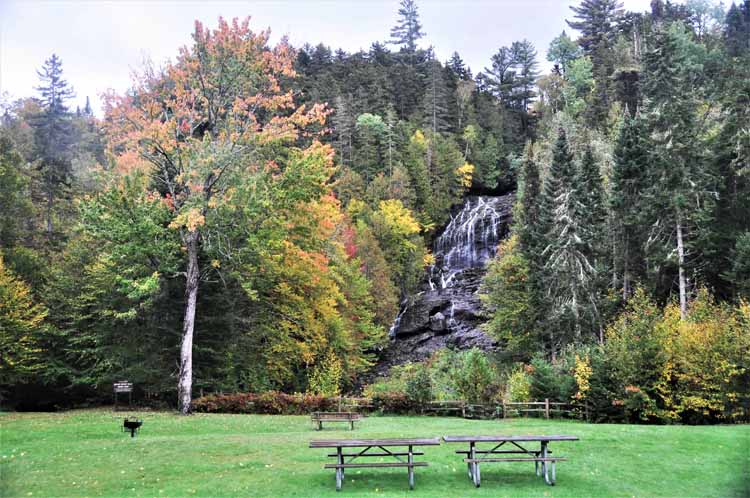

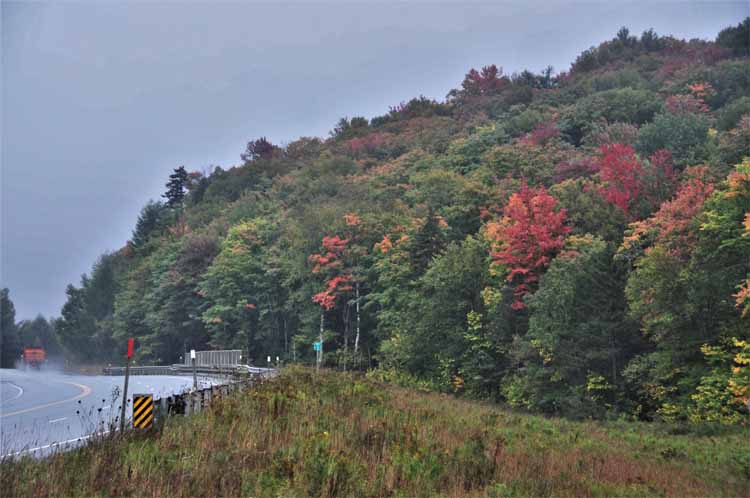


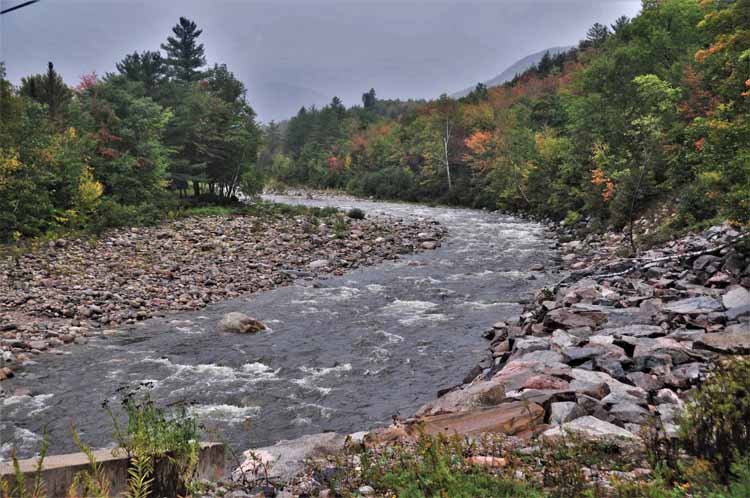



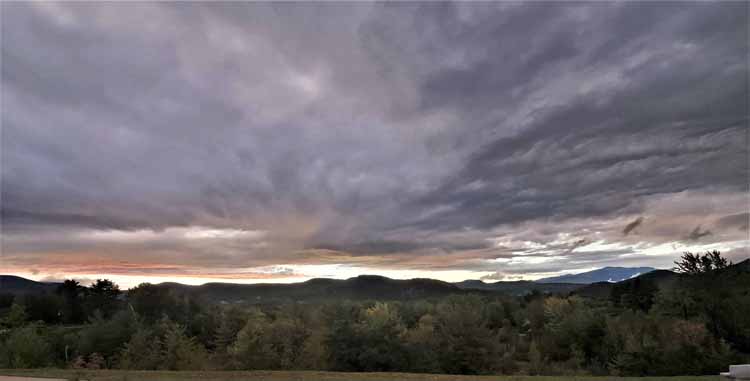
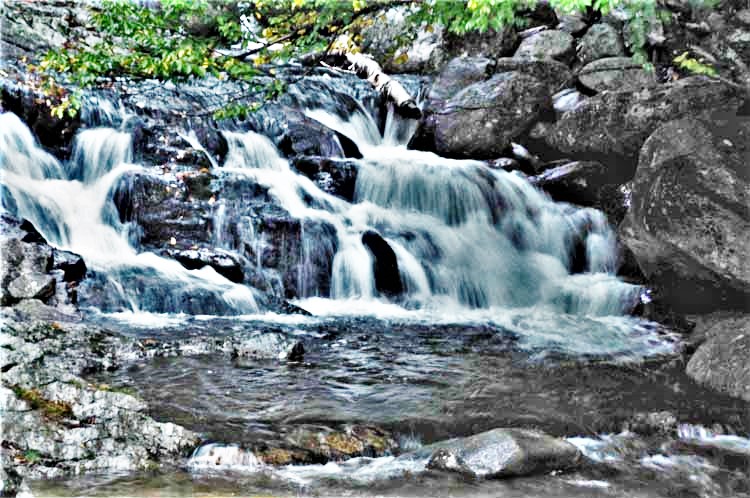

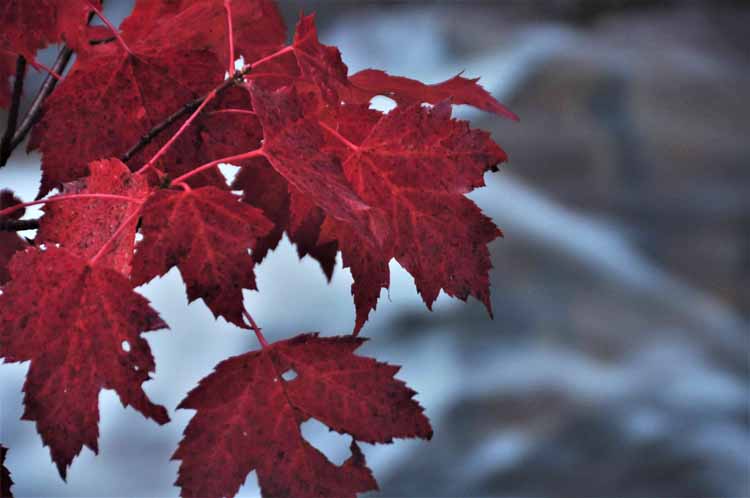


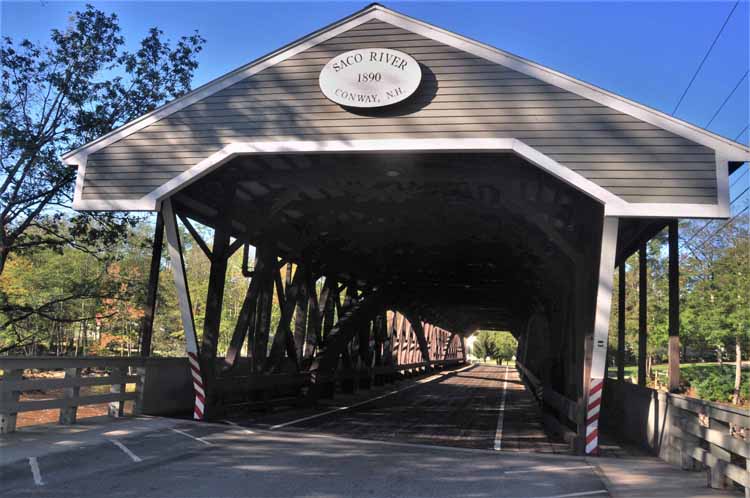
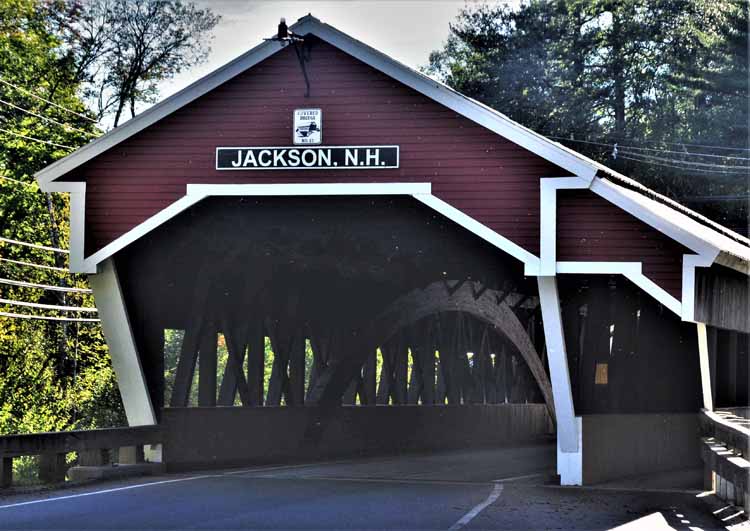
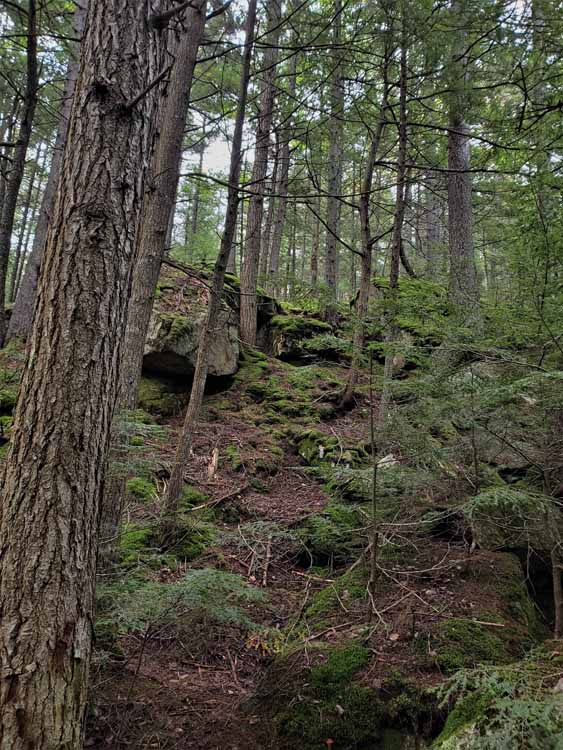

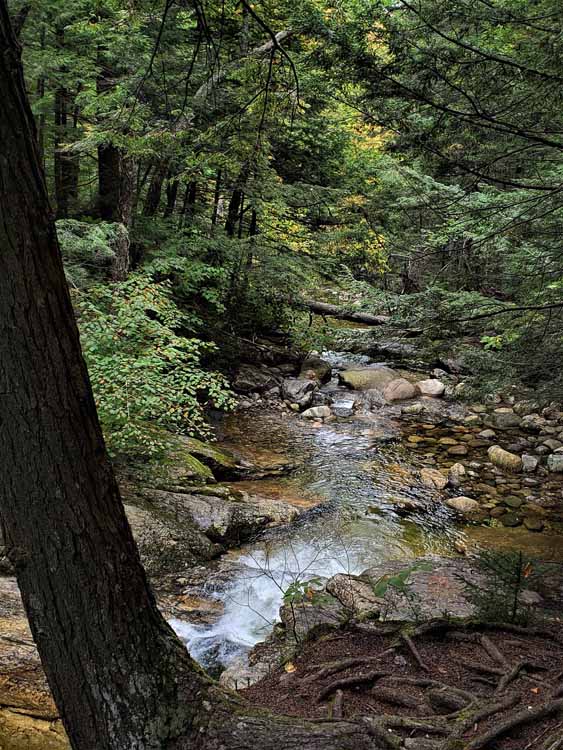
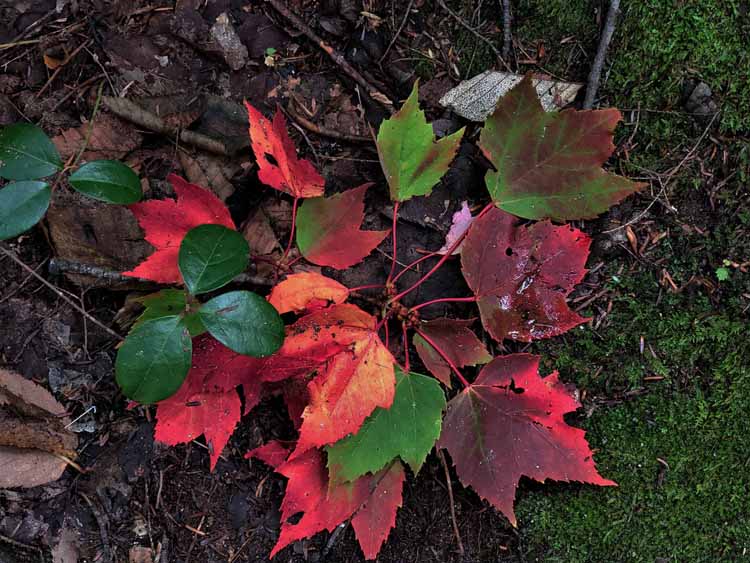
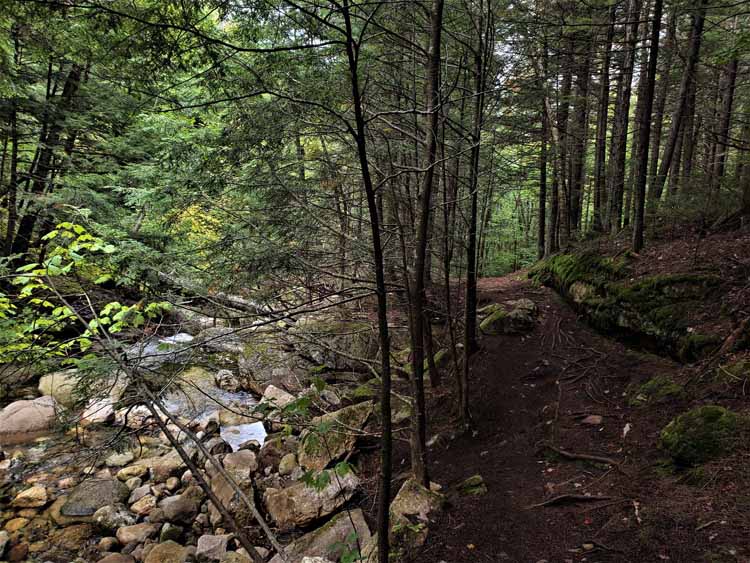
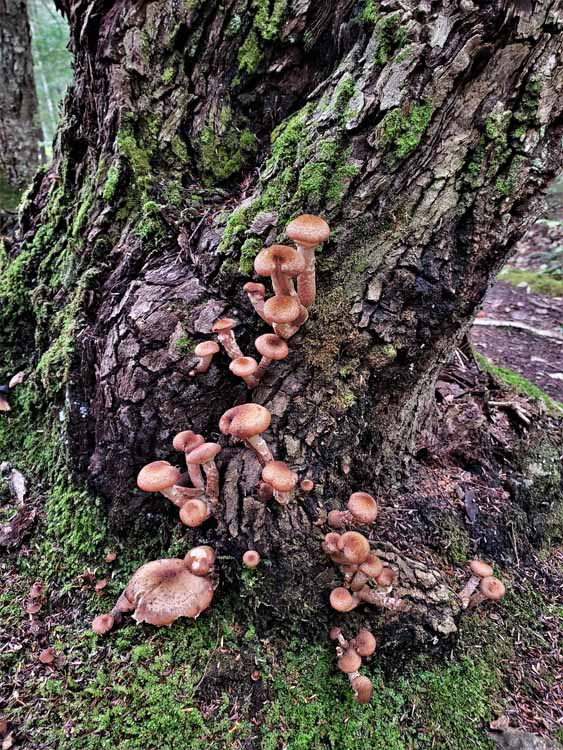

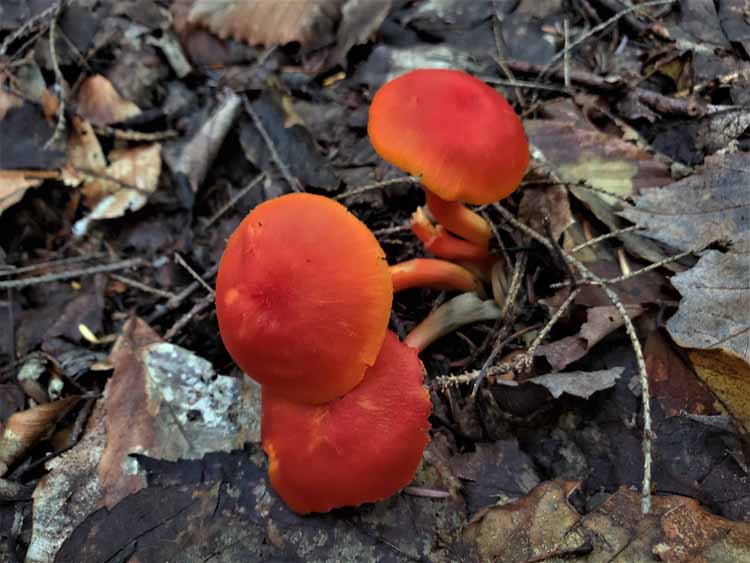

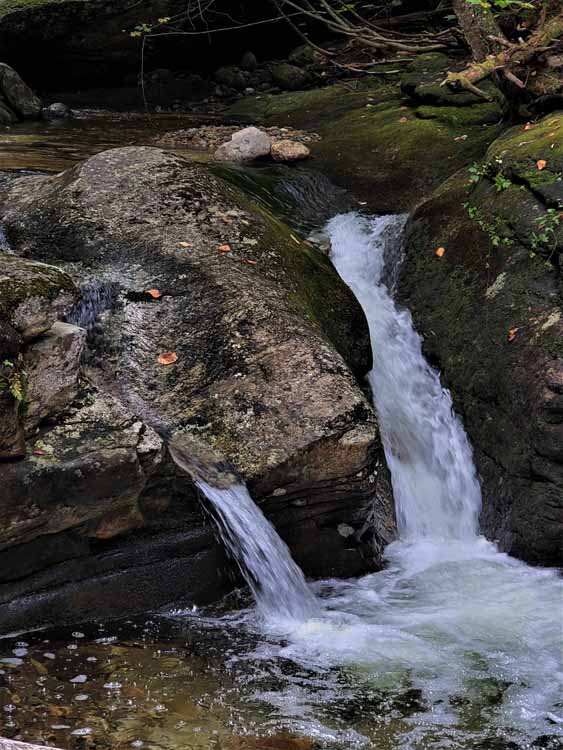
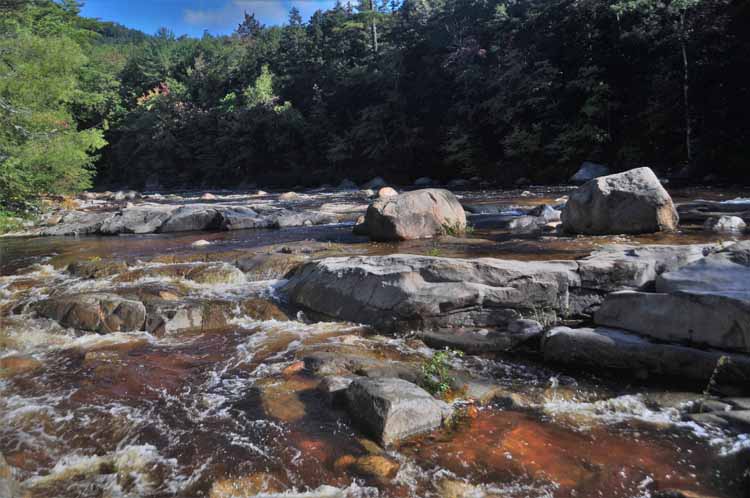
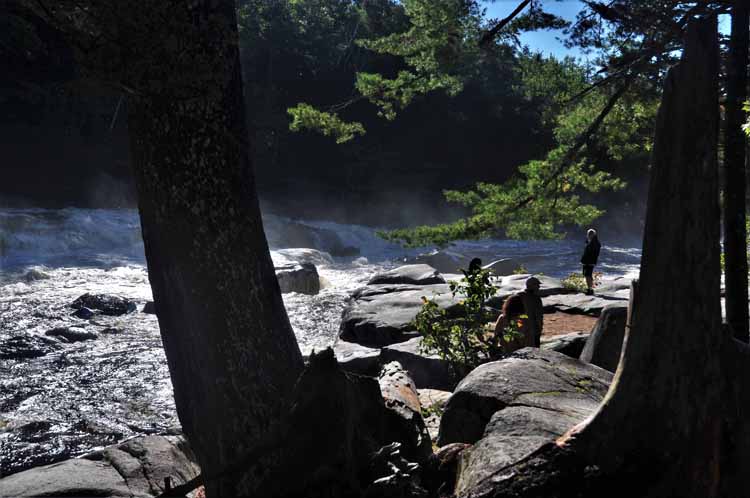
This and the remaining photos were taken in the White Mountain National Forest. The main feature is the Kancamagus Scenic Byway (State Highway 112), a 34.5- mile drive between Lincoln and Conway. The remaing portion, to complete a 100-mile loop, is on State Routes 3 and 302. It can be done in a day, with leisurley hikes, but there's so much to see and do, additional days would be ideal. A word of caution, however: the 34.5 miles of "the Kanc" have few amenities...just pure scenic beauty. Shown here are the Lower Falls of the Swift River. I traveled the route in a clockwise direction starting in Conway. The photos are pretty much in chronological order.
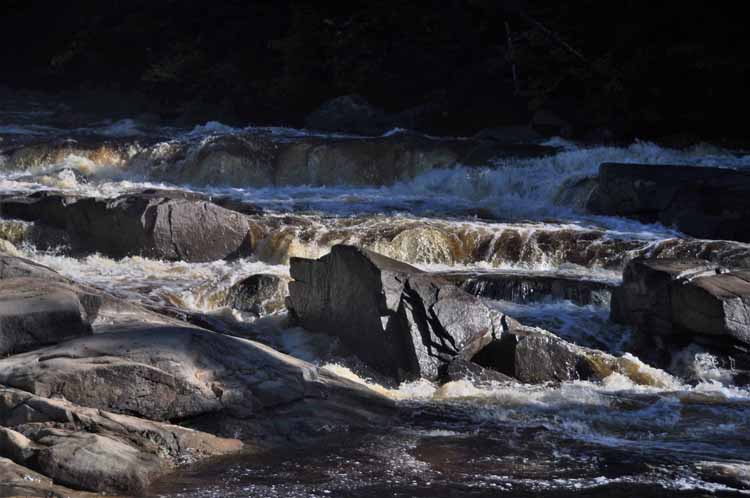

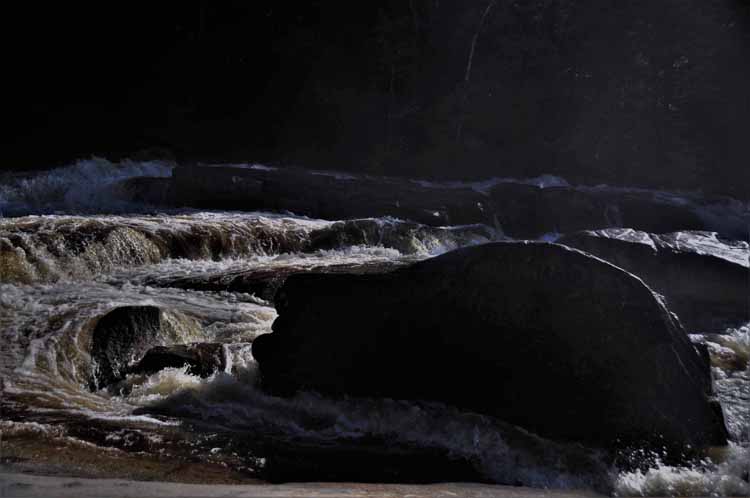
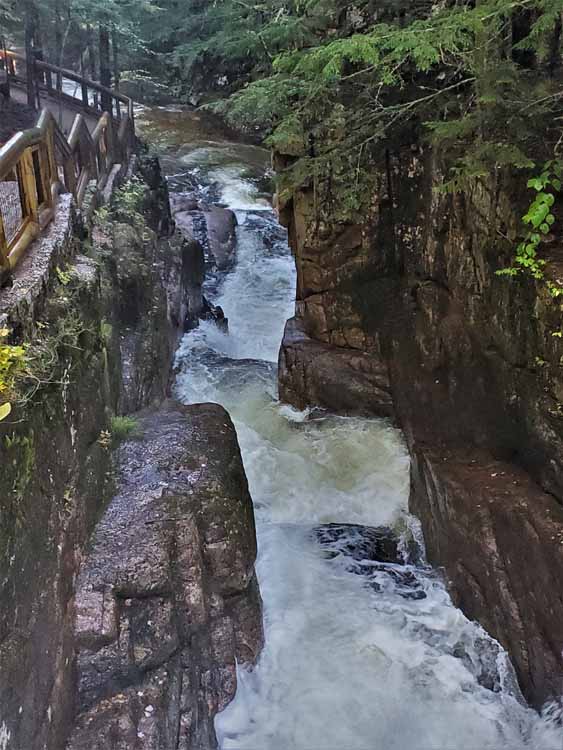
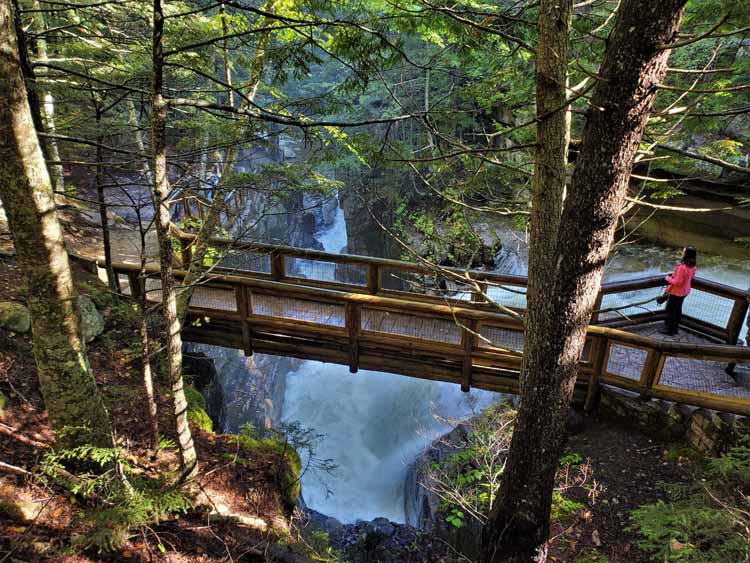
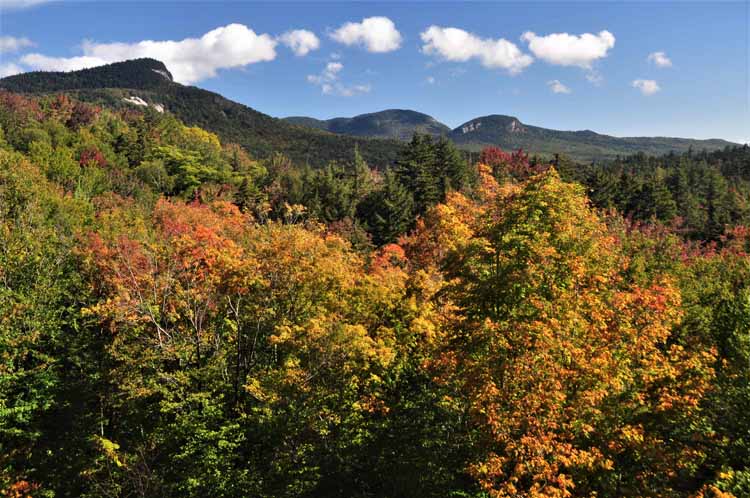

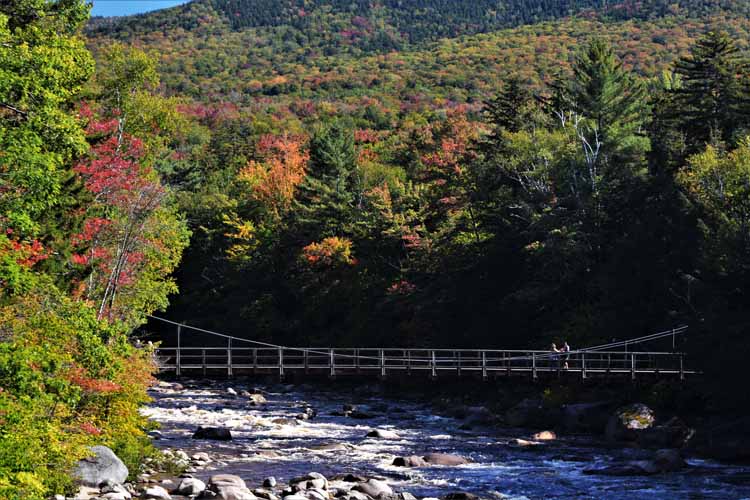
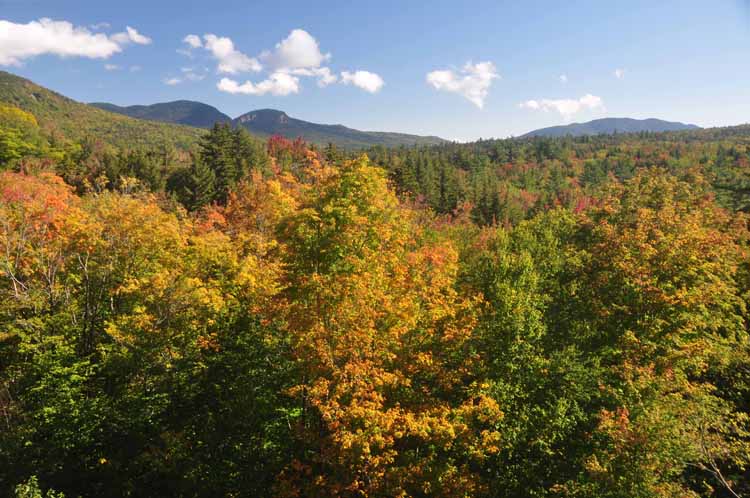
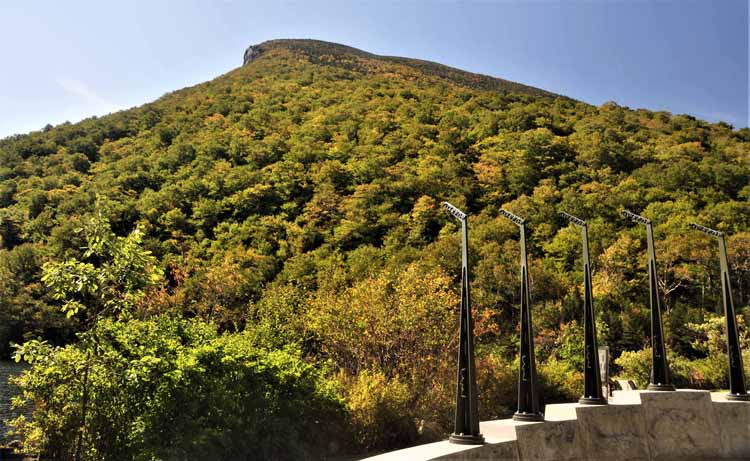

For more years than any of us were on this earth, there was, carved by nature's glacial forces, a piece of rock that, from a particular direction, was a profile of an old man. Though it happened thousands of years ago, it was first noticed by man in 1805. Since that time, the Granite Staters loved the rock and named it "The Old Man of the Mountain." Others called it "The Great Stone Face," based on the Nathaniel Hawthorne novel of the same name. It was iconic for generations, loved by all, a trademark for the state and replicated on New Hampshire coins and such.
But in 2003, Mother Nature took away the rock, scattering it in pieces down the mountain side.
So, as a tribute to the old man, the state erected a plaza with a plaque and other memorabilia along with a very unique way of putting the old man back up on the mountain top.
A series of vertical rods were erected, five of them side by side. At the tip of each rod, carved out of the metal, is the profile of the old man. As visitors approach a rod, they stand in cement footprints behind the rod that best matches their size feet. Closing one eye and looking at the tip of one of the metal profiles, it puts the face back on the mountain. Ingenious and effective, visitors can today see what the mountain once looked like.
The Old Man on the Mountain Plaza is a very short distance off the White Mountains loop road on State Route 3 north of Lincoln at Franconia Notch.
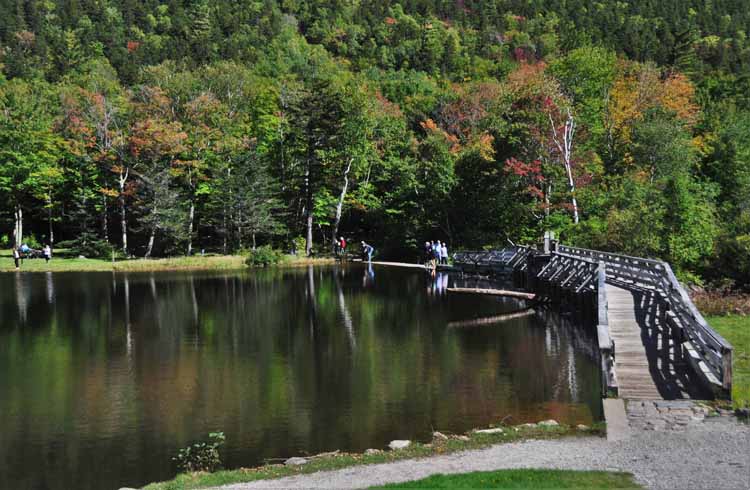
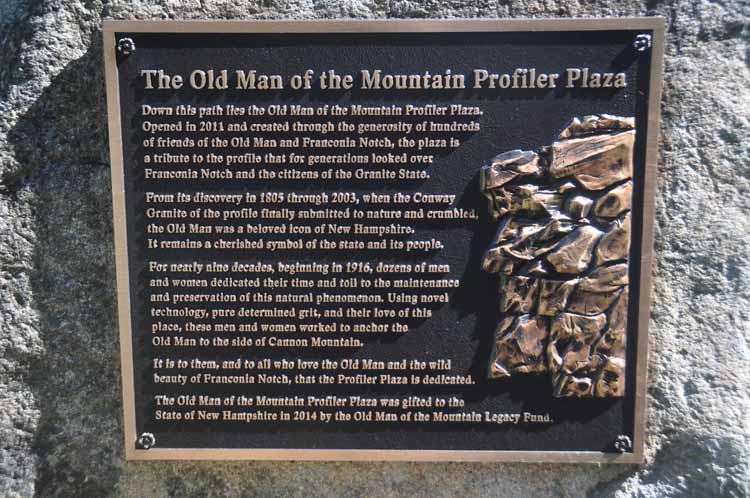

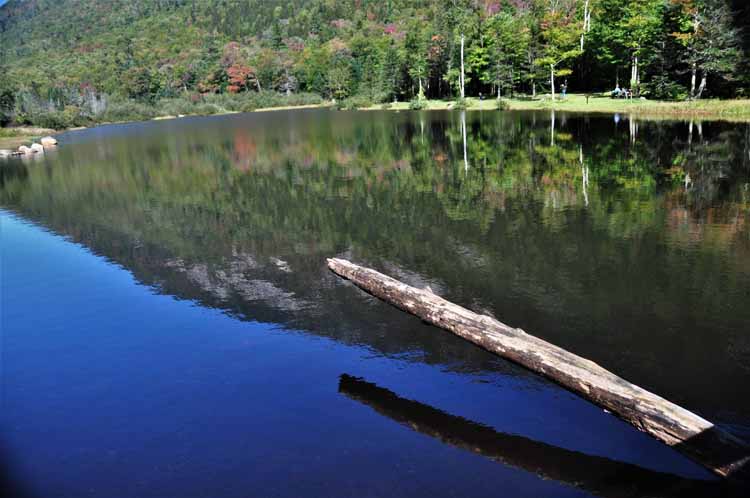
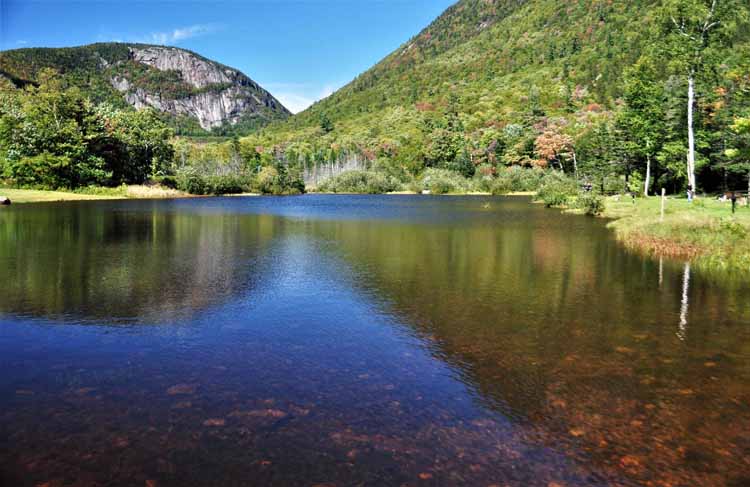


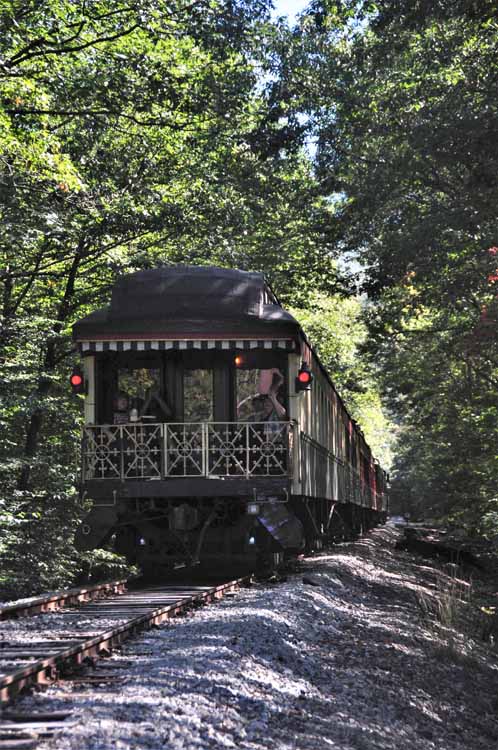

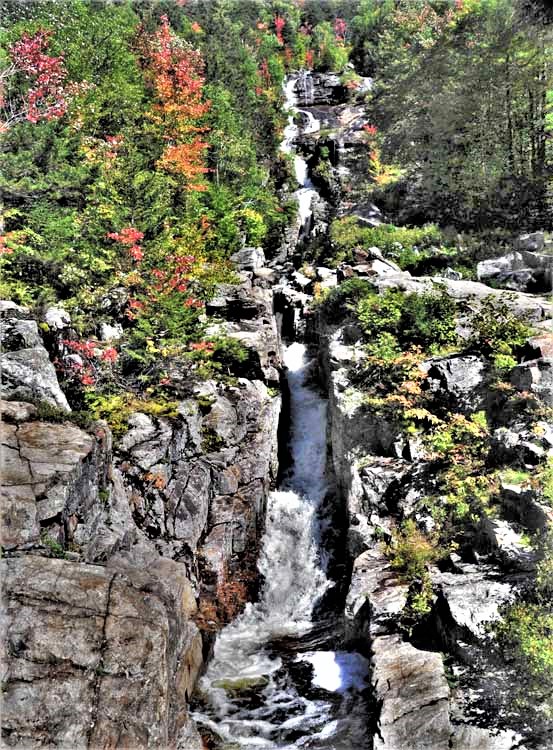
Thank you for visiting these photo pages.
If you're interested in seeing more, please return to my Main Menu at the bottom of my home page and make your selection.
All images within thewanderingchick.com Web site are copyright protected. They may not be downloaded or otherwise copied.
Please contact me if you think a particular photo or set of photos can be used in your publication.